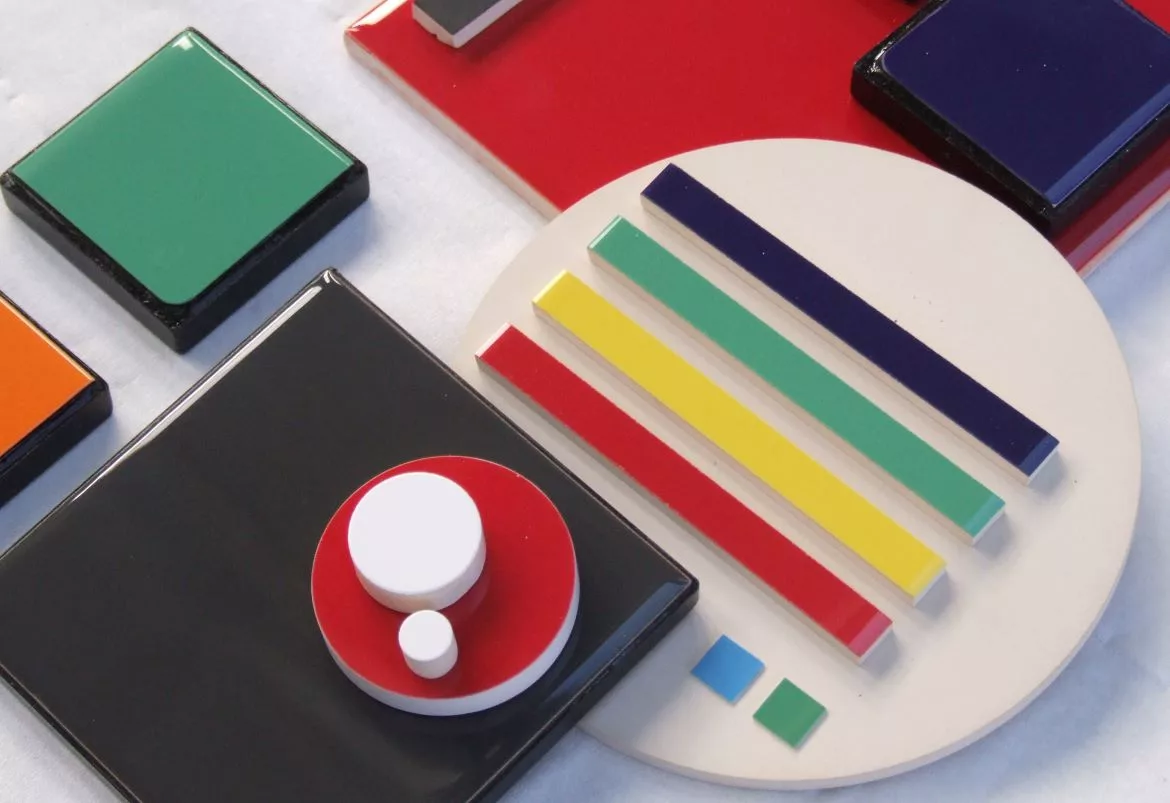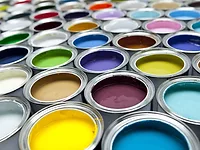Color Accuracy Depends on These Best Practices

Ensuring uniformity in color across the paint and coatings sector around the world is a critical issue and one that requires absolute precision accuracy.
In this article, Sean Hillman, of international technology company Lucideon, gives some insight on how this is achieved and sets out the parameters to ensure best practice in color measurement.
Within the paint and coatings sector, it goes without saying that a customer in one part of the world will expect the same shade in another.
And in international trade, proof of compliance with such standards is not only a good indicator that a company is supplying merchandise of the required quality but what customers would expect from an industry based on color as well as surface protection.
The First Steps in Color Precision
To achieve color accuracy, color measurement instruments are relied on throughout the sector to record values accurately, no matter where they are, and measure any differences precisely.
These instruments provide numerical values of color for use in computer programs, which in turn calculate the changes needed in production processes to ensure products from different factories create the same uniform color.
However, the issue arises on how this process is monitored and quality assured throughout the process.
It’s imperative that the instruments work correctly. If they do not, then costly mistakes can be made during production.
So, while a good quality instrument is an important first step, a maintenance program is absolutely vital to keep it working correctly, but even then, this still does not ensure that users are getting consistent answers.
Color Standards – The Vital Link
To achieve consistent color, a set of color standards that allow checks on the performance of the instrument from day to day, week to week and month to month are key in ensuring that technology is working consistently.
Much like weights, there needs to be a defining guide and standard to follow. Color standards are available in a variety of shapes and sizes and are most often supplied as 2” or 4” squares.
 Credit: Lucideon
Credit: LucideonThese standards are particularly useful for those that trade internationally, where color measurement has to be shown to be correct so that supplier and buyer can be sure that products are tested to agreed standards.
Lucideon’s color standards comprise 12 glazed ceramic tile standards, which provide a direct check on color difference measurement for repeatability purposes.
The series comprises three neutral grays for checking photometric linearity, seven chromatic standards for checking spectral response and two color difference standards.
Most users measure the set of 12 color standards every week or every month and record the results.
If the results change, then there is something wrong with the spectrophotometer.
With the color standards maintaining stability of 20-plus years, this offers a more agile and appropriate approach than waiting for the annual service to find any problems with a spectrophotometer.
Using the measurements from the color standards is also beneficial for determining when a spectrophotometer needs servicing, and they also allow the performance and accuracy of instruments at widely separated locations to be compared, ensuring that the colors can be communicated accurately and repeatably — a process that improves inter-laboratory alignment.
Customized color standards can also be developed for specific colors that might be required by suppliers of components into their supply chain to match their products too. This ensures color consistency throughout the manufacturing processes.
And as a UKAS-accredited calibration laboratory, traceable reflectance and colorimetric values can also be used to calibrate Lucideon’s color standards with traceability to the National Physical Laboratory at Teddington, UK.
Color Counts in Space
The significance of a standard approach to color is not just confined to international boundaries.
The color standards are currently helping to ensure that the colors captured by the Perseverance mission to Mars are recorded to pinpoint accuracy.
 Credit: Lucideon
Credit: LucideonThe swatches, made by Lucideon in the UK, were purchased by the Niels Bohr Institute and, in their cleanrooms, placed on a set of calibration devices to support the Mastcam-Z camera system on the Perseverance rover.
For the Mars mission, the color standards have been developed to set the cameras to, with the calibration devices being used by scientists to fine-tune the signals received from the cameras, which have been engineered to zoom in, focus and take 3D pictures and video at high speed to allow detailed examination of both close and distant objects on the planet.
The illumination of the sun through the dusty atmosphere on Mars can affect the colors, and it’s important that the equipment can be calibrated against standard swatches for absolute accuracy.
For further information on Lucideon’s color standards, please contact sean.hillman@lucideon.com. Additional information is also available by visiting Lucideon Color Standards.
Looking for a reprint of this article?
From high-res PDFs to custom plaques, order your copy today!





